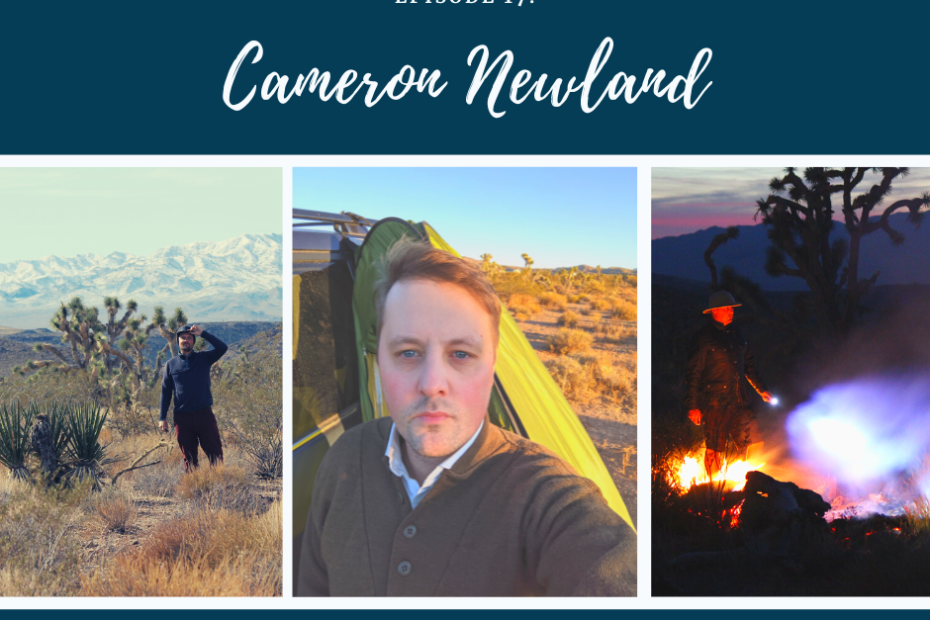Podcast: Play in new window | Download
President of the Seasteading Institute, Joe Quirk, has often explained how the majority of the ocean surface is a desert and that floating seasteads will increase the amount of fish and plant life.
Plot twist: Cameron Newland is building a pre-stead in the Northern Arizona desert, called Camp Liberty, and he is inviting seasteading enthusiasts to come and build homes in the desert with technology that can be used on the ocean.
Cameron became disillusioned with big city living after seeing the cost of rent in Los Angeles and San Francisco rise. He learned that city leadership was against allowing new housing to be built to reduce the cost of living. Carly and Cameron discuss the pitfalls of how big cities fail to manage growth. Cameron says “their folly is our opportunity” because seasteaders can offer housing solutions.
On the pre-stead, community members can learn skills, like building solar power systems. They can start on land to make the move to a seastead a bit easier. Cameron welcomes people buying land adjacent to his own two acres, and he plans to build a house for people who don’t want to buy land. Camp Liberty is near the town of White Hills, Arizona, a wild west town surrounded by Joshua Trees.
Quick options for growing the pre-stead community would be bringing RVs, campers and tiny houses to live on the Camp Liberty property. They will cultivate a DIY mentality to building their homes because early seasteaders won’t have access to skilled professionals or materials, they will need to fix their floating home themselves.
Cameron prefers the Private Cities model, similar to Atlas Island and Ethos Island, other active seasteading projects.You can join Camp Liberty on Telegram, but Cameron is anxious to have people taking action in the real world to start seasteading communities.
Read the transcript of this interview here.

